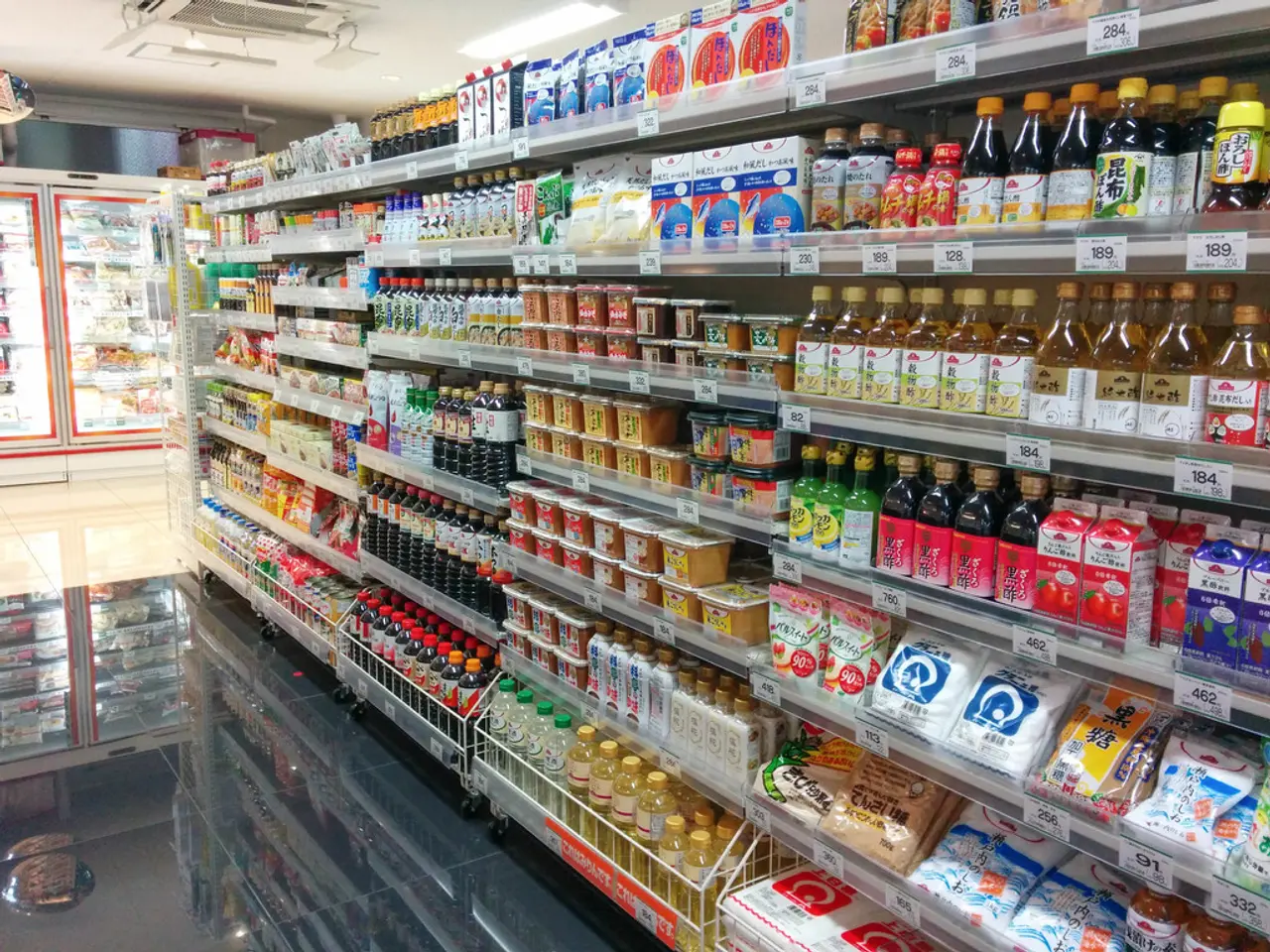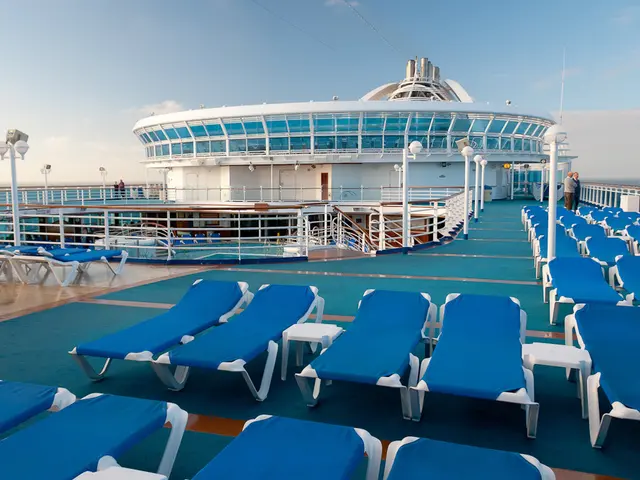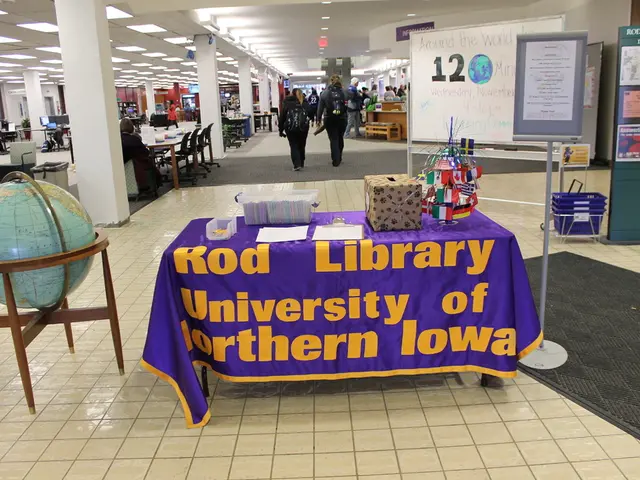Shopper in Croatia stumbles upon a "pricing chaos" in a supermarket, reaping unexpected gains
In a recent post on a Facebook group for Croatia vacationers, a tourist expressed her disappointment over the high prices she encountered in supermarkets during her holiday. The post, which has received nearly 500 comments as of July 23, 2025, has sparked a lively debate among members.
The tourist, who was shopping in a supermarket in Zagreb, Croatia, pointed out the high cost of items such as almond milk priced at 4.49 euros and a Kaufland pizza costing 4.09 euros. She compared these prices to those in Germany, implying that Croatian supermarkets are more expensive.
However, not all users agreed with the tourist's complaint. Some argued that prices are consistent throughout Croatia, while others suggested that she should stay at home instead of bothering others with posts about high prices.
One user, in particular, found the view that all products were overpriced to be exaggerated. They pointed out that food is offered too cheaply in Germany compared to the purchasing power of the German population.
The high prices in Croatian supermarkets are primarily due to several economic and market factors. Croatia has experienced significantly higher inflation compared to Eurozone countries like Germany. Inflation surged due to factors such as the ongoing war in Ukraine and economic policies like increased public servant wages, which led to more money circulating domestically and pushed prices up across many goods, including supermarket items.
Prices for everyday products in supermarkets located in Croatian tourist zones can be inflated, sometimes up to five times higher than in non-tourist or local areas. Items like sunscreen or personal products tend to cost notably more for tourist convenience, resulting in higher price perceptions among visitors.
Croatia's supermarket pricing structures also differ from Germany’s more competitive retail market, which benefits from larger scale and efficiency. While some local Croatian markets or wholesale stores offer lower prices, the average consumer often encounters higher shelf prices in standard supermarkets, partly due to smaller economies of scale and higher operational costs.
Germany’s larger economy and currency stability support lower relative supermarket prices through better supply chain efficiencies and purchasing power in the EU’s more mature retail environment.
The tourist's post also implied that even local Yugoslav brands are expensive in Croatian supermarkets. However, some users argued that this was not the case, and prices for these products are comparable to those in other countries.
Despite the debate, it is clear that prices in many supermarkets have risen in recent years, not just in Croatia. As tourists continue to flock to holiday destinations, understanding the factors contributing to high prices can help visitors make informed decisions and manage their budgets effectively.
- The tourist's comparison of supermarket prices in Croatia to those in Germany, as highlighted in her post, may not be entirely fair, considering that Croatia's economy and purchasing power are not equivalent to that of Germany.
- If she were to perspectives on food-and-drink and home-and-garden expenses, the tourist might find that Croatian lifestyle costs, particularly in tourist zones, align more closely with prices in her home country, rather than in Germany.







